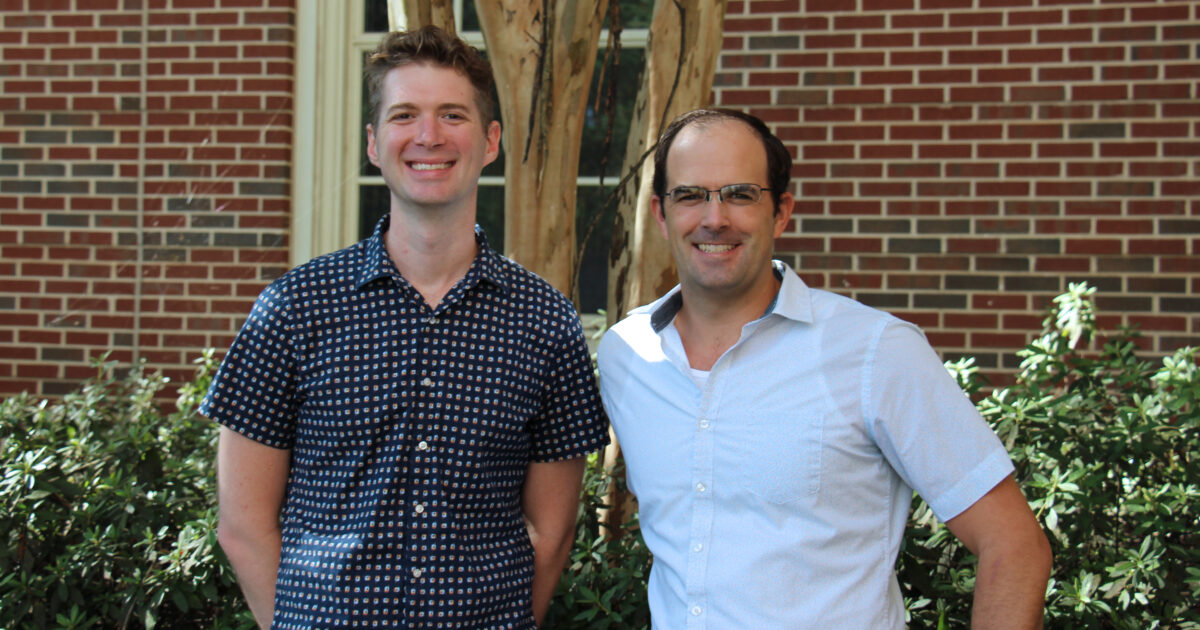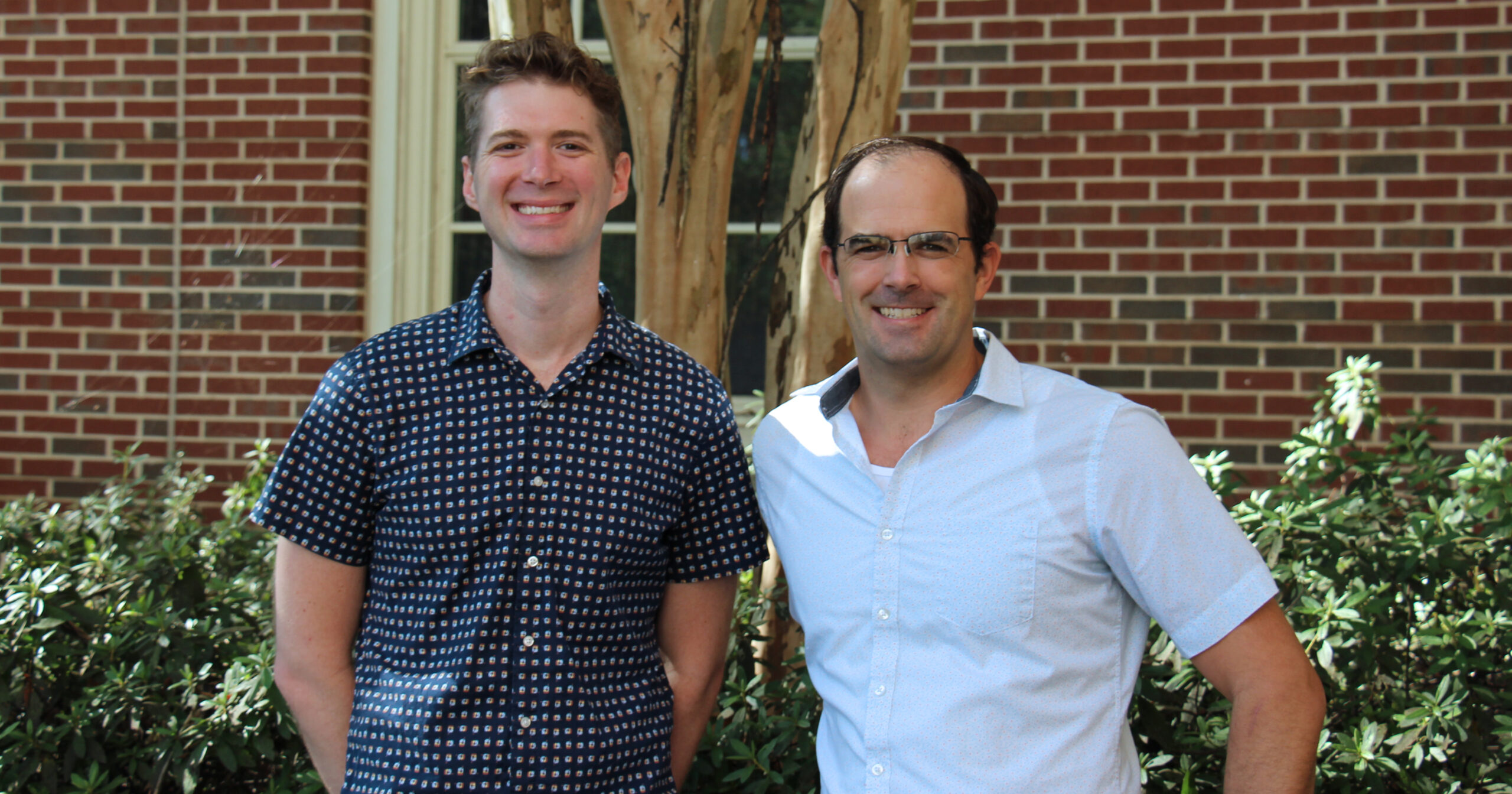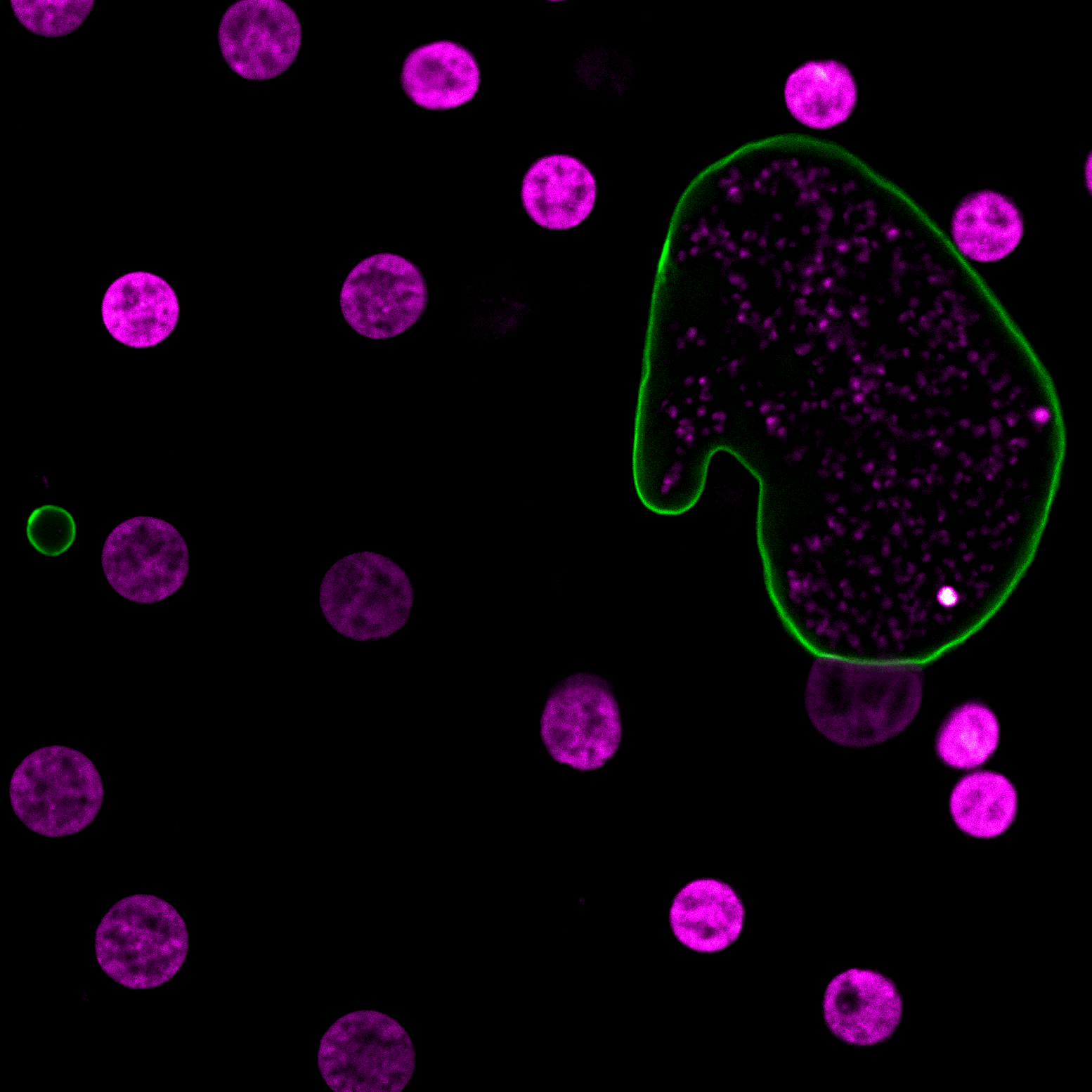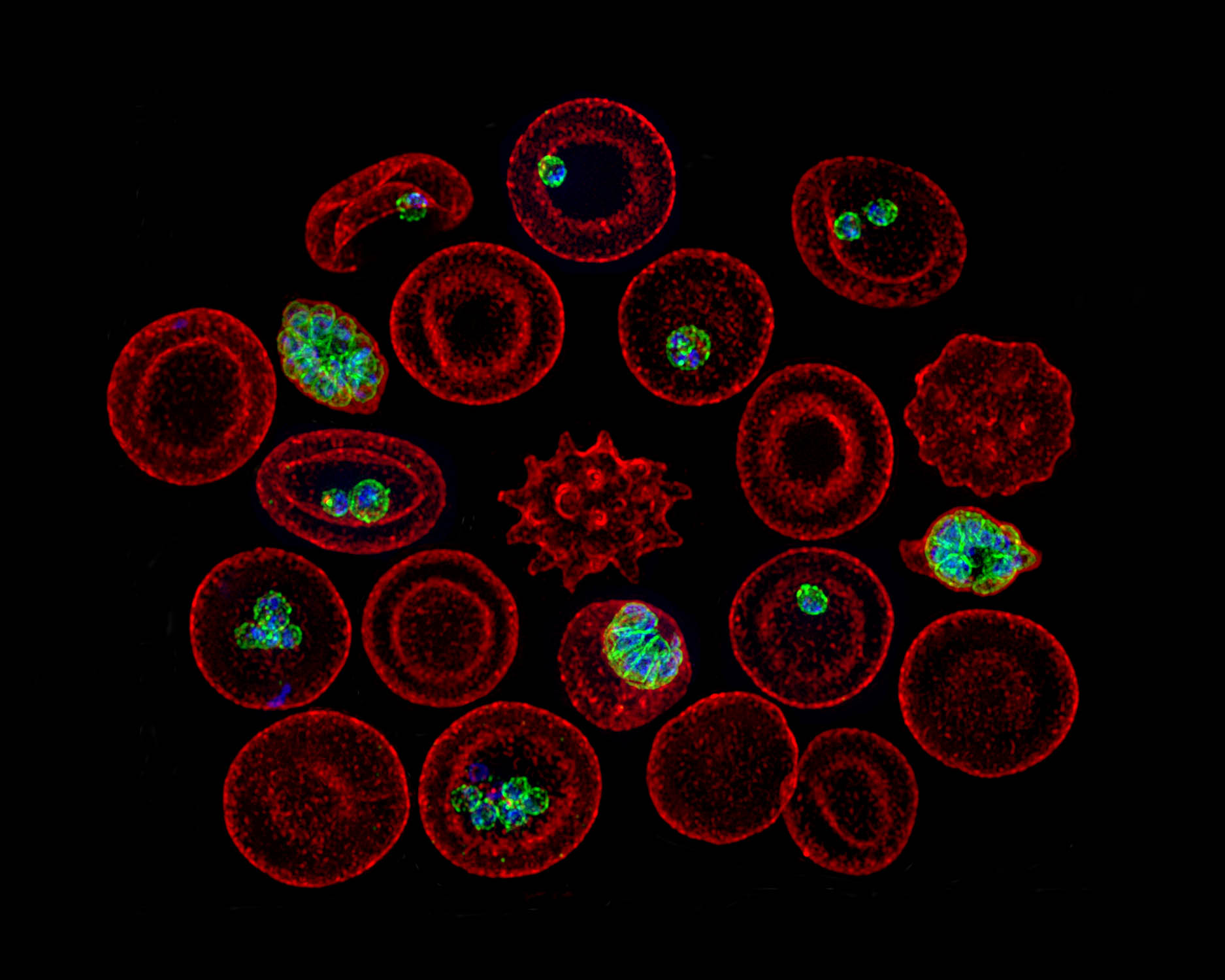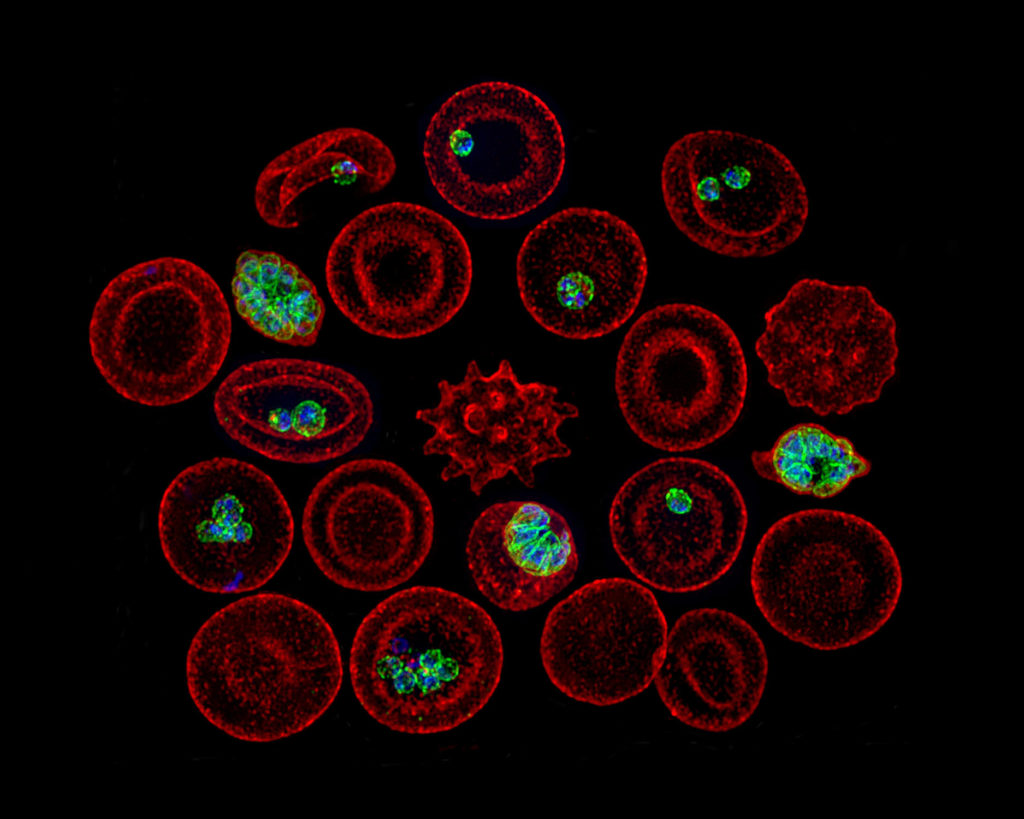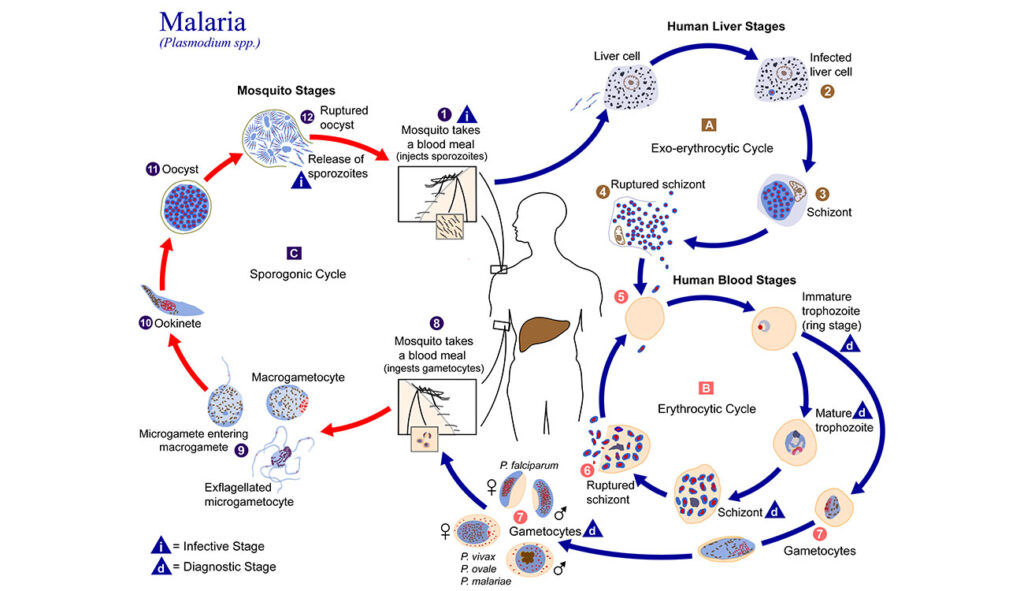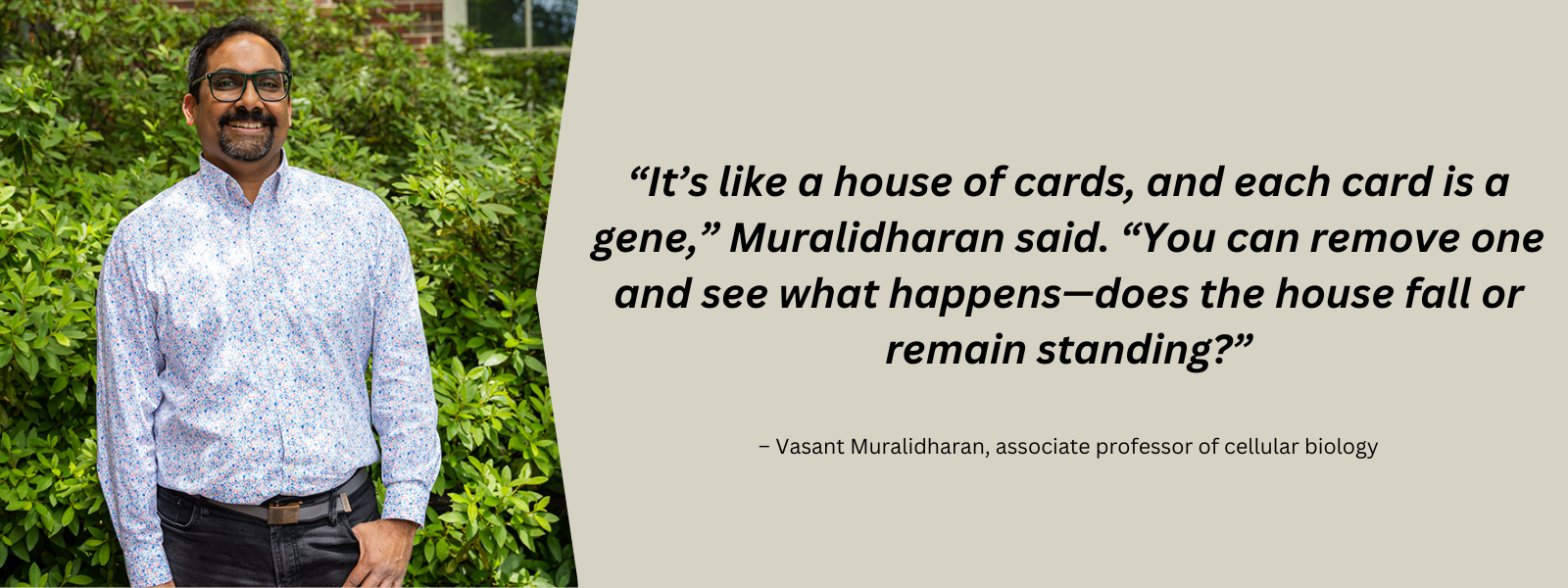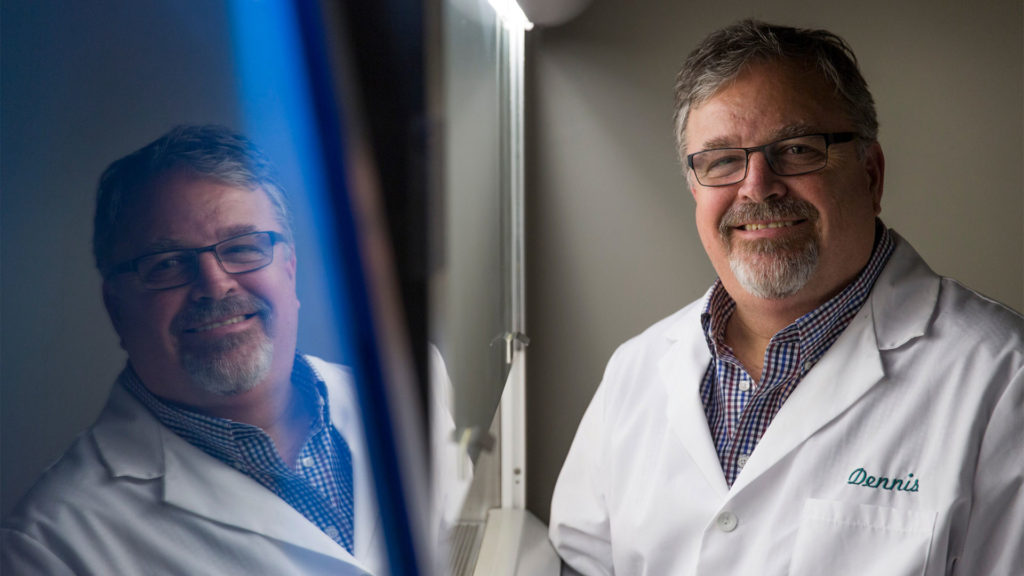Pharmacokinetic Analysis of Sustained-Release Buprenorphine Formulations in Owl Monkeys (Aotus spp.)
Buprenorphine is an opioid used for pain management in veterinary medicine but which requires frequent dosing to maintain therapeutic levels. Sustained-release buprenorphine (BSR) formulations can overcome this limitation, but genera- or species-specific studies that determine the time profiles of buprenorphine after dosing are sparse for NHPs. The objective of this study was to determine the plasma buprenorphine concentrations for 72 hours after a single subcutaneous administration of 0.2 mg/kg BSR or Ethiqa XR (EXR), an FDA-indexed, extended-release buprenorphine formulation, in owl monkeys. Blood samples were taken before and at 1, 4, 8, 24, 48, and 72 hours after administering either formulation to determine plasma buprenorphine concentrations. Clinical observations were also performed. A single 0.2 mg/kg dose of BSR and EXR raised plasma buprenorphine concentrations above the hypothesized therapeutic threshold for NHPs of 0.1 ng/mL within 1 hour of administration and maintained these levels for at least 72 hours. However, this dose did not sustain buprenorphine concentrations above the human efficacy threshold of 0.5 ng/mL for 72 hours. A subsequent study evaluated a single dose of 0.3 mg/kg EXR to determine whether this dose sustained plasma buprenorphine levels >0.5 ng/mL for 72 hours. Most owl monkeys reached this threshold and maintained plasma buprenorphine concentrations >0.5 ng/mL with this dose, albeit with increased side effects, including sedation and ptyalism. Injection site reactions were not observed in any animals during any study. In sum, this work indicates that a single subcutaneous dose of 0.2 mg/kg BSR or EXR can maintain buprenorphine above the hypothesized therapeutic threshold for NHPs of 0.1 ng/mL for 72 hours, but the EXR dose must be increased to reach the human efficacy threshold for 72 hours in owl monkeys.
Taylor A Sheridan, Celia L Saney, Amadis Vivas, Magdalena A Argomaniz, Wayne T Cheng, Tia S Freeman, David J Anderson, Saniya S Sabnis, Sarah Gayle Roberson, Cheryl Paladino, Matthew Doster, Anna Santos, Christopher A Reilly, Joseph E Rower, Gina A Kim, Mary Ann McCrackin, Chester J Joyner. J Am Assoc Lab Anim Sci. 2025 Sep 1:1-7. doi: 10.30802/AALAS-JAALAS-25-059.





